#sonoran desert
Text



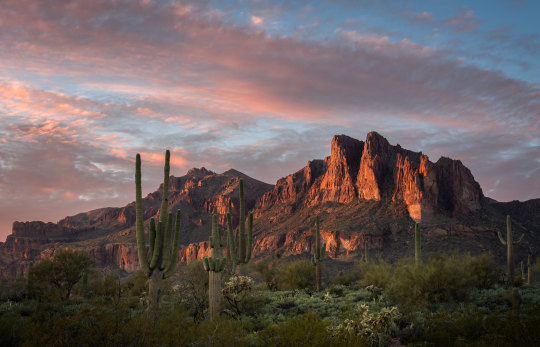
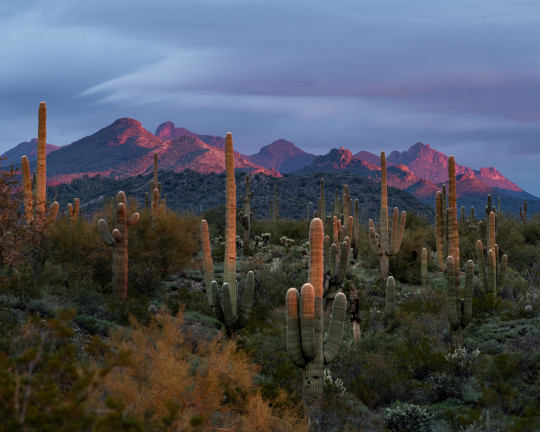
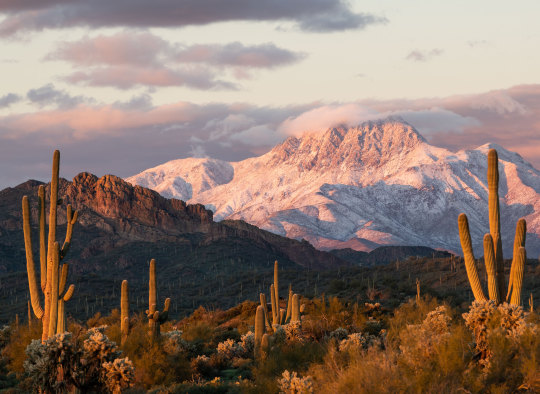
Arizona by Todd Michael
#desert#cactus#sunrise#sunset#nature#landscape#naturecore#travel#arizona#sonoran desert#spring#winter#aesthetic#south west#mountains#curators on tumblr#uploads
6K notes
·
View notes
Photo
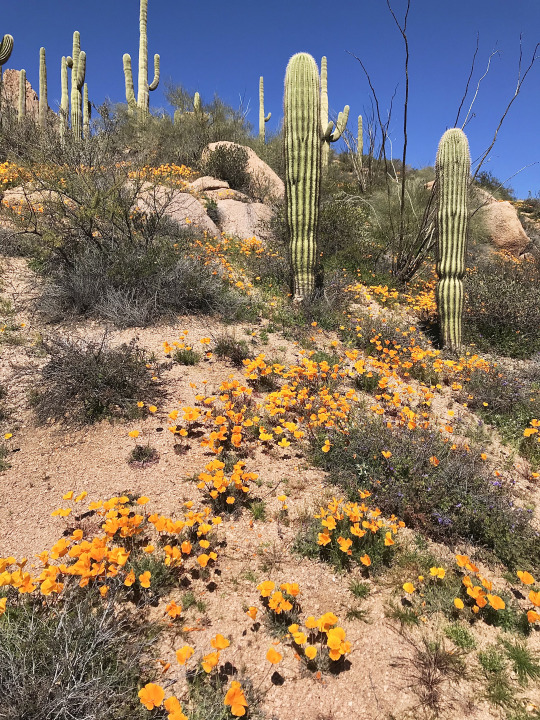
Mexican Gold Poppies (Eschscholzia californica ssp. mexicana), Superstition Mountains, Arizona.
934 notes
·
View notes
Text
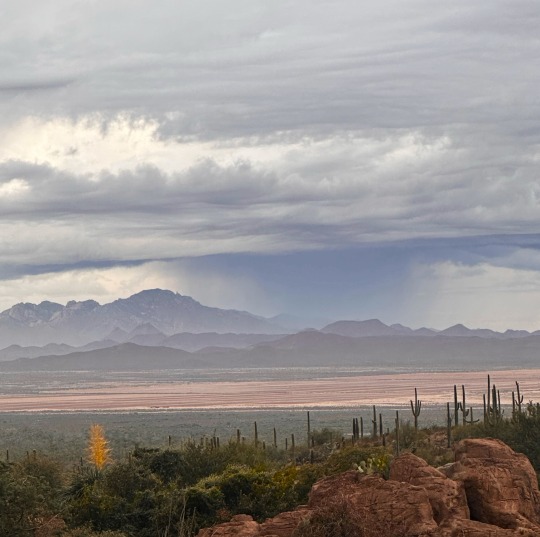
Looking west from the Tucson Mountains Bajada across the Avra Valley to a storm over the Quinlan and Coyote mountains.
810 notes
·
View notes
Text

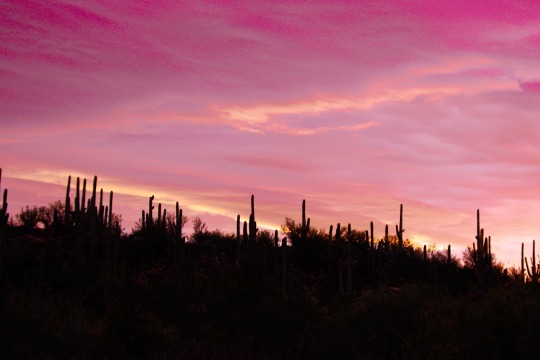

sonoran skyscapes
#nature photography#landscape photography#nature#landscape#film photography#35mm#original photographers#artists on tumblr#photographers on tumblr#pastel#sunset#sunrise#sky#desert#southwest#sonoran desert#arizona#cactus#lensblr#diary
448 notes
·
View notes
Text
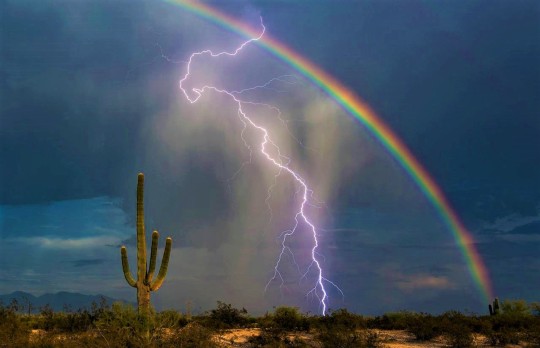
August in Arizona.
696 notes
·
View notes
Photo

Curved-billed thrashers in the Sonoran desert
2K notes
·
View notes
Text

Sonoran Desert, Arizona (1976)
#arizona#sonoran desert#saguaro#cacti#cacti aesthetic#vintage#southwest#southwestern gothic#southwestern#western
651 notes
·
View notes
Text


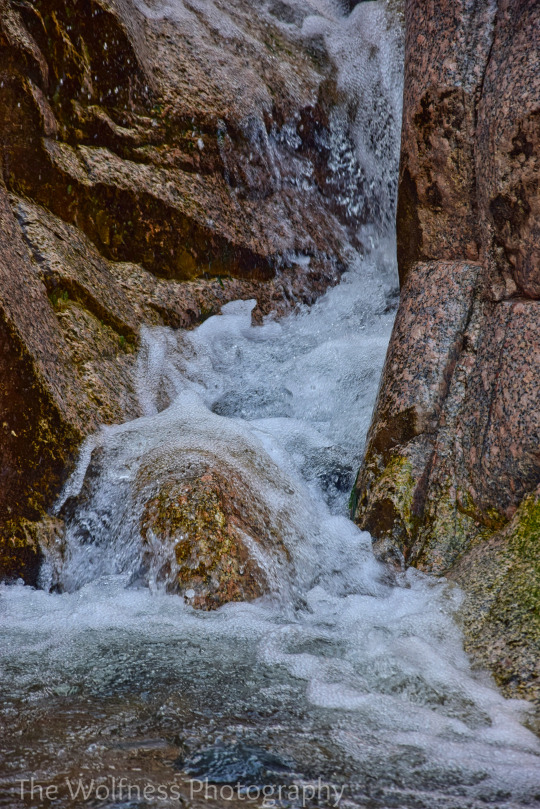

Camp Creek Falls
Arizona. US
#landscape#landscape photography#nature#nature landscape#nature photography#waterfall#waterfall photography#water#water photography#river#desert#desert nature#desert photography#sonoran desert#Camp Creek Falls#Arizona#US#united states#united states of america#photographer on tumblr#original photography#original photographers#original photography on tumblr#original photography blog
123 notes
·
View notes
Text

#desert#arizona#cactus#saguaro#tucson#cactus flowers#wildflowers#sonoran desert#Sonoran desert museum
84 notes
·
View notes
Text

Fallen Angel
#arizona#danielbuckleyproductionsllc#saguaro#sonoran desert#ironwood forest national monument#desert#daniel buckley#cactus#skeleton#photographers on tumblr
83 notes
·
View notes
Text
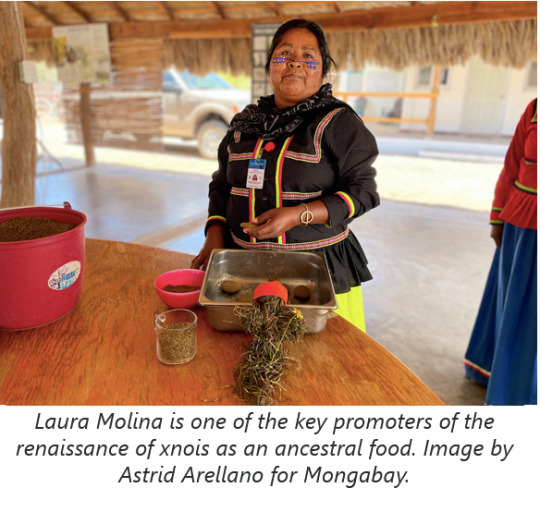

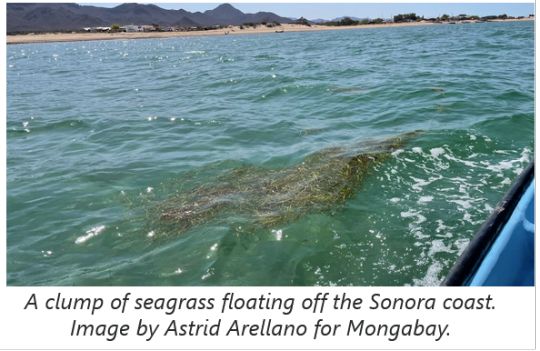

“He was the messenger of a great spirit,” says René Montaño, a Comcaac linguist. [...] Montaño is addressing the entire community at a cultural festival in the Comcaac territory in what is today northwestern Mexico. He talks about how their ancestors learned that xnois (Zostera marina), a type of seagrass also known as eelgrass, could feed their people.
“Zostera marina is paramount for us,” Montaño says. “There are other parts of the world where it barely exists, but here, in this channel, there’s plenty. [...]”
Comcaac [...] fishers learned that it was a food that would give them the necessary strength to survive long ways at sea, and the different ways it could be prepared were passed down from generation to generation. In the past few decades, this knowledge has been largely neglected. Today, the Comcaac people are breathing new life into it.
Comcaac environmentalists Alberto Mellado and Erika Barnett [...] have been developing a study since 2020 [...]. The Infiernillo Channel, located between the Sonora coast and Tiburón Island -- the largest island in Mexico and a sacred site for the Comcaac people -- is a Ramsar site, meaning it’s a wetland of key global importance. It features seagrass meadows, mangrove estuaries, and small patches of coral reefs where various marine species feed. [...] The channel is also home to 81 species of invertebrates endemic to the Gulf of California, and various threatened species, like totoabas (Totoaba macdonaldi) and sea turtles. [...]
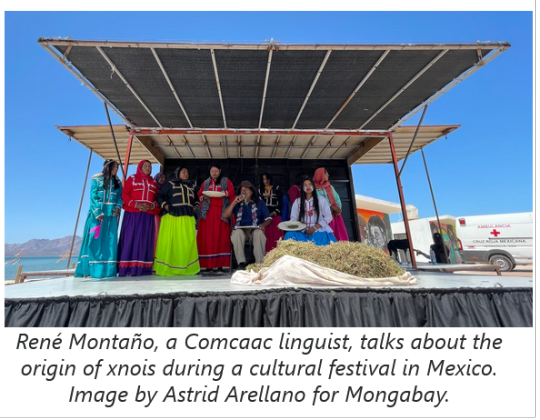


In early 2022, as part of this initiative, the team created an event that brought together chefs and biologists from Sonora, the U.S. and Spain who were interested in the culinary uses of xnois and in the conservation of seagrass. There, the Comcaac cooks shared their knowledge about the ancestral ways of preparing xnois: ground by hand to make flour for tortillas or tostadas, or as a drink made with warm water combined with honey [...]. Newer ways of preparing xnois were also on show, such as in energy bars, hotcakes, and bread in combination with wheat flour. [...]
Today, it’s Comcaac [...] like Laura Molina working to promote the benefits of xnois [...]. In a workshop [...], she flattens small dough balls into tortillas and toasts them over a fire. She says the first time she heard about this ancestral food was from her grandmother. Years later, she asked her mother to teach her how to prepare it. [...]
Erika Barnett says her great-grandparents were probably the last ones in the family to harvest eelgrass for the seeds. She says the fact that her father, now 76, can once again eat food prepared with xnois represents a great success. “The last time he’d eaten it, he was 7 years old,” she says. “Most young people have never tasted it, so this effort is really rescuing our culture.” [...] “The guys and my colleagues didn’t know how to prepare xnois, but I’m happy because we’re teaching them and the kids and adults who want to learn,” Molina says. “This is thanks to our ancestors. [...] [T]hey opened the path that led us here.”
---
Headline, images, captions, and text as published by: Astrid Arellano. “Indigenous Comcaac serve up an oceanic grain to preserve seagrass meadows.” Mongabay. Translated by Maria Angeles Salazar. 3 March 2023. [Photos by Asstrid Arellano. This story was reported by Mongabay’s Latam team and first published on their Latam site on 6 June 2022. Some paragraph breaks added by me.]
542 notes
·
View notes
Text
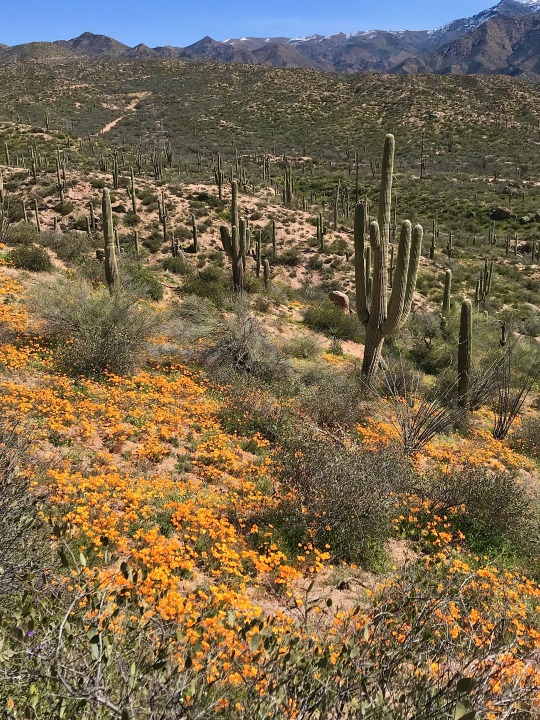
Spring display of Mexican Gold Poppies (Eschscholzia californica ssp. mexicana), Superstition Mountains, Arizona.
484 notes
·
View notes
Text
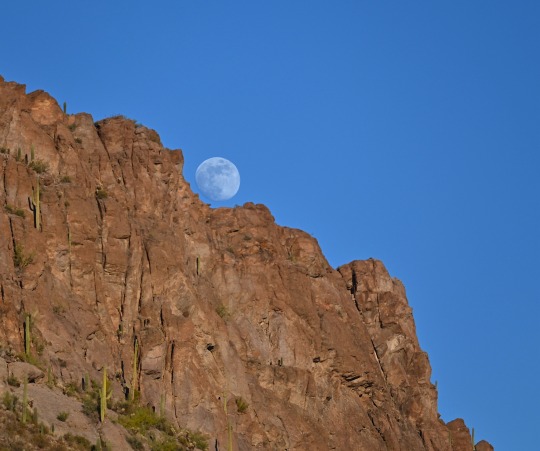
Christmas Eve moonrise over Little Cat Mountain. 96% tonight.
145 notes
·
View notes
Text

ocotillo sunset
#nature photography#landscape photography#nature#landscape#film photography#35mm#original photographers#photographers on tumblr#artists on tumblr#lensblr#ocotillo#plants#cactus#desert#sonoran desert#arizona#saguaro#sunset#diary
113 notes
·
View notes
Text
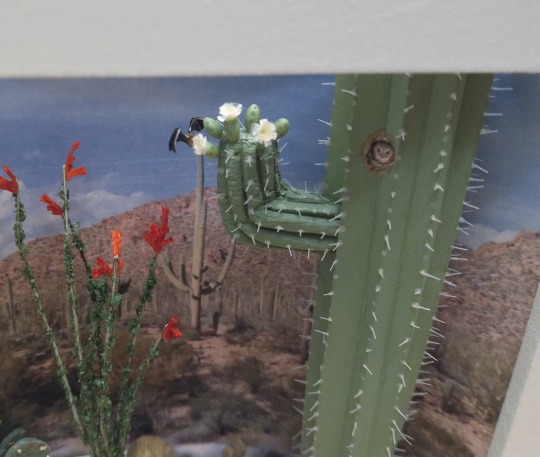


Finally finished making my saguaro cactus (Carnegiea gigantea) for my Sonoran desert diorama.
Saguaro comes with a nesting elf owl, Micrathene whitneyi, and a pollinating lesser long nosed bat, Leptonycteris yerbabuenae.
#miniature#miniatures#cactus#saguaro#diorama#tiny things#half scale#minis#natural history#sonoran desert
92 notes
·
View notes
Text

Saguaro National Park - March, 2024
#nature#travel#hiking#national park#saguaro#desert#saguaro national park#cactus#mountains#tucson#arizona#az#landscape#sonoran desert#canon photography
31 notes
·
View notes